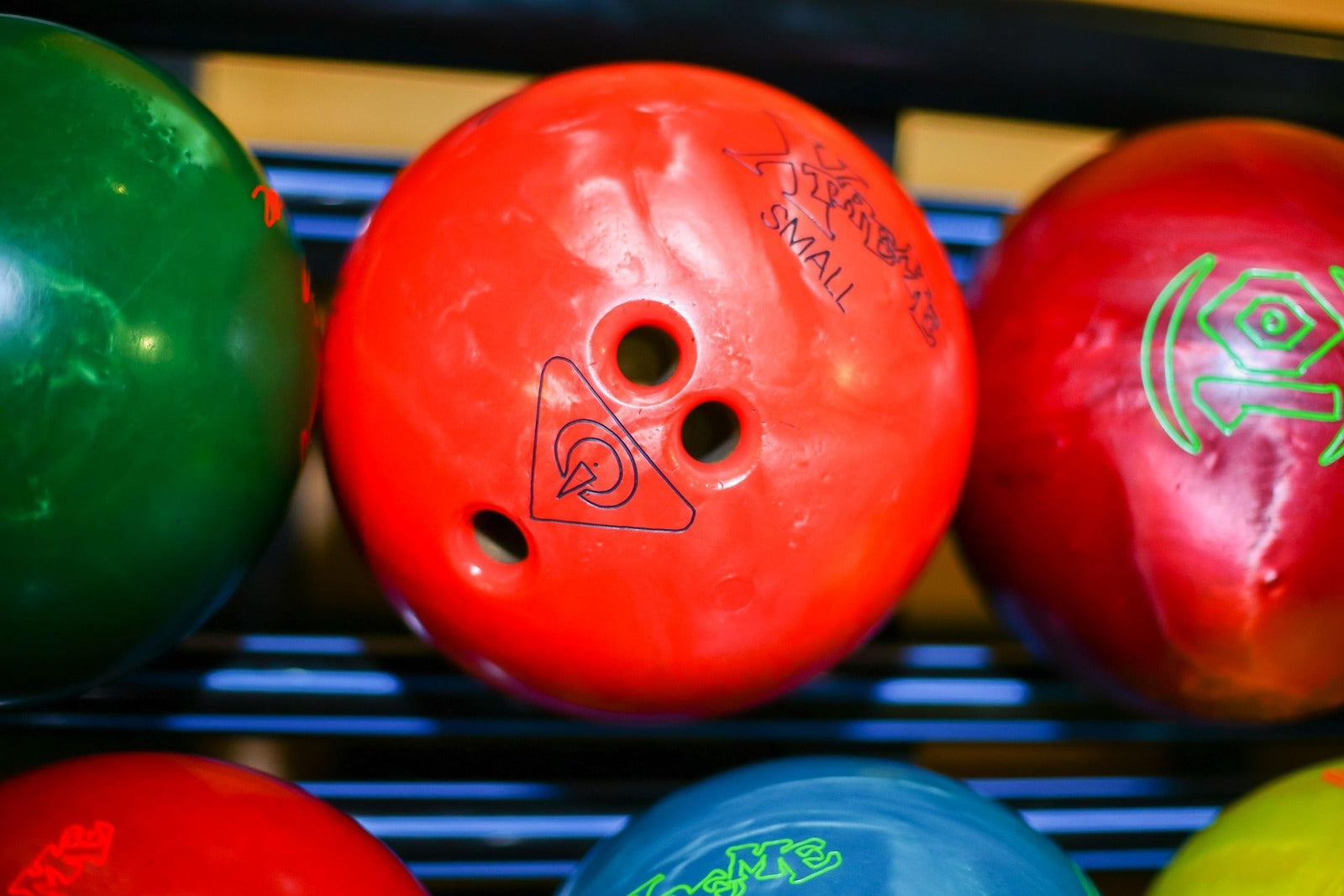Your Cart is Empty
- Home
- Flash Deals
- ON SALE
- Balls
- Bags
- Shoes
- Accessories
- Gift Cards
- Blog
- Returns Center
- search

Whether you’ve wondered if bowling balls are hollow or are convinced they contain concrete, we’re here to break down their basic structure and core. Bowling balls have significantly evolved in the last 100 years—from rubber designs in the early 1900s to polyester bowling balls debuting in the 1970s.
A bowling ball’s surface material is just as important as its core. Both work together to influence how the ball grips the lane, curves, and hits the pins.
Before diving into bowling ball cores, let’s dissect the outside layer. Plastic, urethane, and reactive resin are some of the most popular surface layer materials (also known as coverstock).
Other coverstock materials include pearl, hybrid, and solid.
So, are bowling balls hollow? No, they’re not! If you cut a bowling ball in half, you’d find a dense core. The core is made from compact materials such as iron, calcium oxides, or powdered metal oxides. Not only is the core the heaviest part of the bowling ball—it’s the most important part. The core directly impacts the ball’s rotation and path down the lane.
Just like core materials vary, the core shape also varies. Bowling ball cores can be shaped like a lightbulb, an ellipse, or a sphere. These cores are divided into two main categories: symmetrical and asymmetrical.
Bowling balls with symmetrical cores have smoother, more predictable motions compared to those with asymmetrical cores. Symmetrical cores travel with an even, continuous shape, making them a good option for beginners or bowlers who want consistency.
Symmetrical cores are best for medium to dry lane conditions.
Bowling balls with asymmetrical cores have a sharp, dynamic motion and rev up quickly when hitting the lane. They also have a stronger backend reaction and greater hook potential, making them suitable for more experienced, strategic bowlers.
Bowling balls with asymmetrical cores aren’t as adaptable to different lane conditions as symmetrical cores; they perform best on oily lanes.
Even though you can’t see it, your bowling ball’s core has a huge impact on your performance. It influences how your bowling ball reacts to different lane conditions, as well as how you throw.
Consider the following when deciding which core is right for you.
Consider yourself a beginner still learning the bowling lingo basics? Stick to a symmetrical core. Intermediate bowlers may start with a symmetrical core and transition to an asymmetrical core once they’re ready to level up their playing strategy. Most advanced bowlers strictly use asymmetrical cores to perfect their strategy and performance.
A key measurement of throwing styles is the ball’s rev rate, or revolutions per minute (RPM). The average rev rate is 300–325 RPM. Anything below 300 RPM is considered a low rev rate, while anything above 350 RPM is a high rev rate.
Typically, bowlers with low and average rev rates should use symmetrical cores. Those with a consistently high rev rate should use asymmetrical cores.
While many bowling lane characteristics affect your ball’s performance, we’ll focus on one of the most crucial lane conditions: oil. Bowling lane conditions are divided into three categories: oily, medium, and dry.
Finding the right bowling ball core and coverstock material to match your skill level is a big part of upping your game. At Bowlers Paradise, we offer bowling balls and accessories for every player—from entry-level to high-performance. Browse our extensive collection of bowling balls for sale today.
Comments will be approved before showing up.